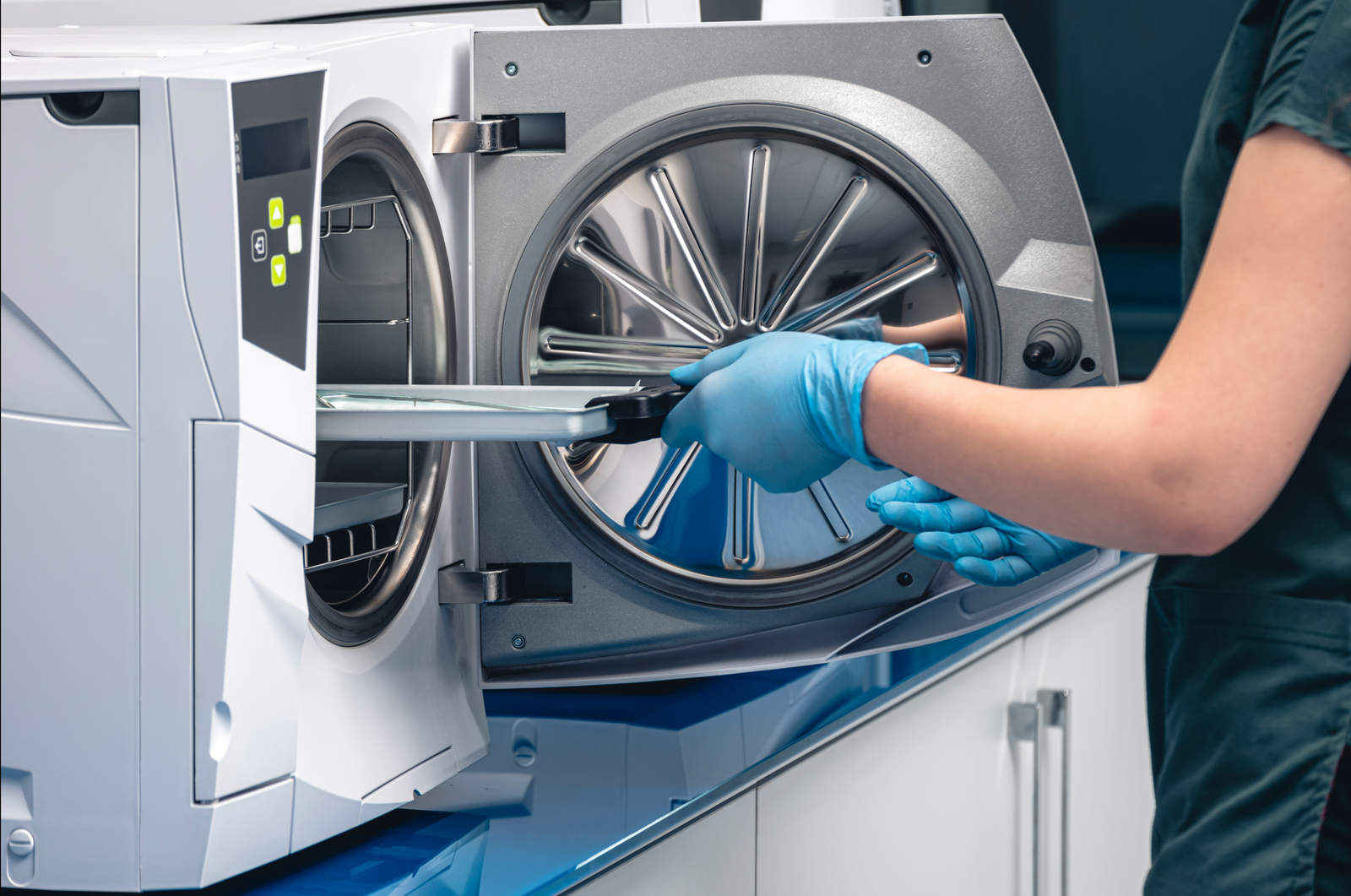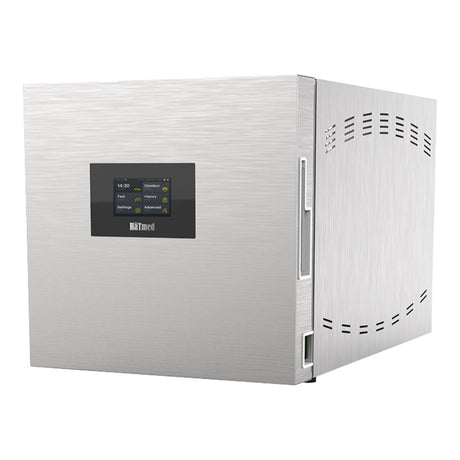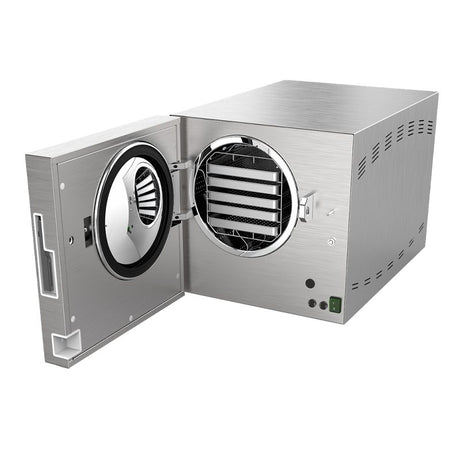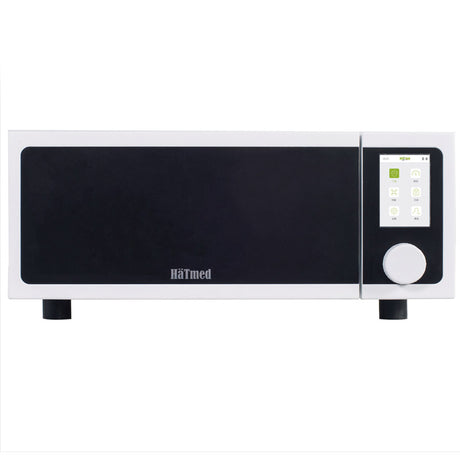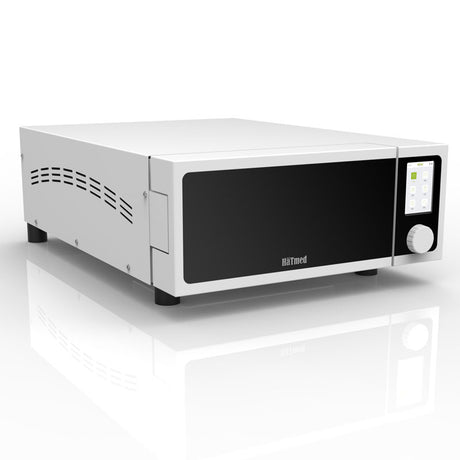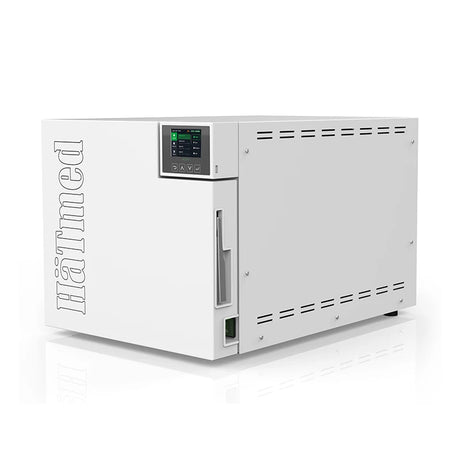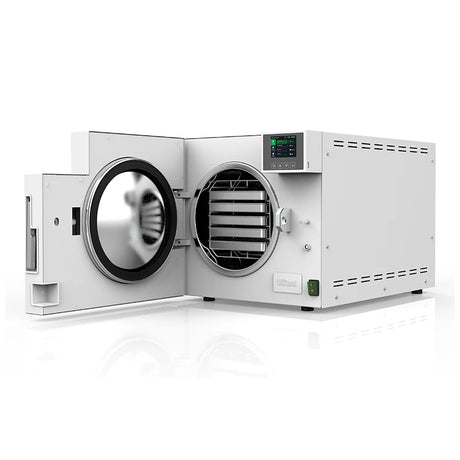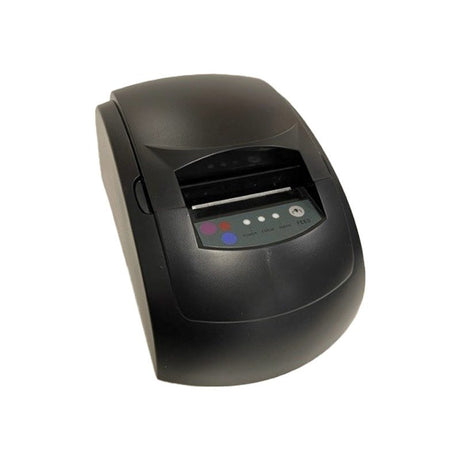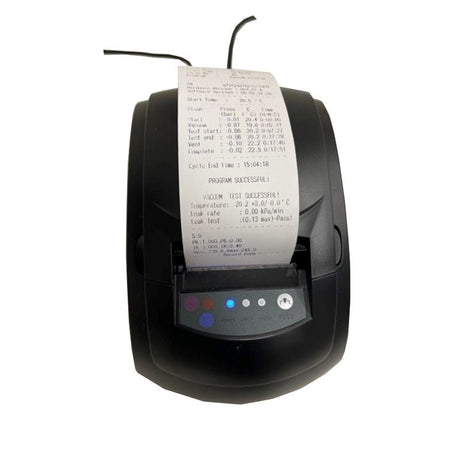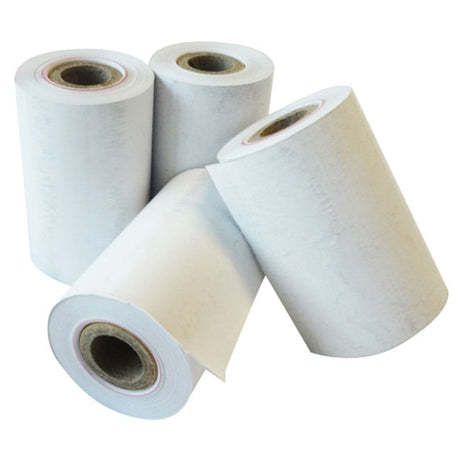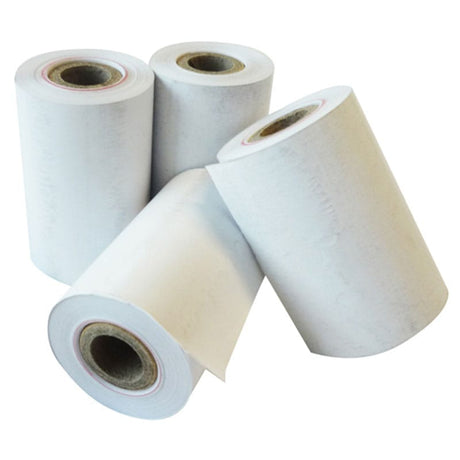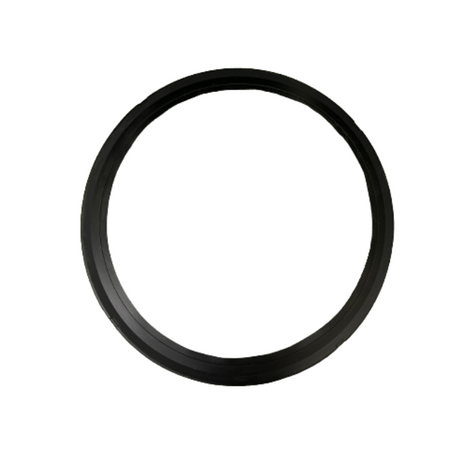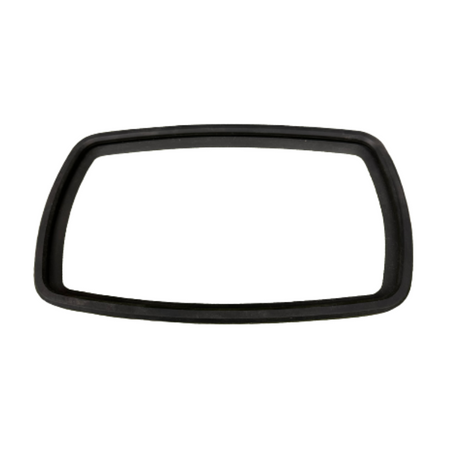In this article, we cover everything you need to know about autoclave machines, including just what they are, how they work, and more.
Autoclave machines are devices used in medical settings, designed to sterilise equipment and other objects, effectively eliminating all microorganisms, including spores, bacteria, and viruses. As a crucial component in maintaining stringent hygiene standards in medical and dental practices, autoclaves are integral to patient safety and successful medical outcomes.
What is an Autoclave Machine?
An autoclave is a sterilisation unit designed to utilise steam under high pressure to decontaminate surgical instruments, laboratory equipment, and other materials. They are also sometimes known as steam sterilisers. The high pressure and temperature during the autoclaving process ensure the eradication of any microbial life, making it a trusted method in various medical and scientific settings, and even tattoo shops.
How Do Autoclave Machines Work?
The items requiring sterilisation are securely placed inside a pressure vessel, usually termed as the chamber. Achieving successful sterilisation in an autoclave is dependent on three factors: time, temperature, and the purity of steam.
1. Conditioning Phase (C):
The sterilisation cycle commences with the conditioning phase, where all air, being an inhibitor to sterilisation, must be expelled from the chamber. In dynamic air removal-type steam sterilisers, a vacuum system is utilised to eradicate the air from the chamber. In the absence of a vacuum system, a sequence of steam flushes and pressure pulses is employed. Conversely, gravity-type sterilisers leverage steam to displace the chamber’s air, directing it towards the steriliser drain.
2. Exposure Phase (S):
Once the air is thoroughly removed, the steriliser drain is sealed, and steam is uninterruptedly admitted into the chamber. This results in a swift escalation of pressure and temperature inside to a predetermined level, marking the beginning of the exposure phase. The items are sustained at the sterilisation temperature for a set duration to ensure their complete sterilisation.
3. Exhaust Phase (E):
In the final exhaust phase, the steriliser drain is reopened, the steam is evacuated, and the vessel is depressurised. This allows the sterilised items to undergo drying.
Understanding these phases is fundamental to getting the most out of your autoclave.
Uses
Autoclave machines are versatile, finding applications across various domains including:
- Medical Practices: For sterilising surgical instruments and other medical equipment.
- Dental Practices: Employed to sterilise dental instruments before procedures.
- Laboratories: Used to decontaminate lab equipment and waste before disposal.
- Tattoo and Piercing Studios: Essential for sterilising needles and other tools to prevent infections.
Benefits
Pros
- Effectiveness: Autoclaves offer one of the most effective methods for sterilising equipment.
- Versatility: Suitable for a wide range of materials and equipment.
- Low Environmental Impact: No harmful residues are left on the sterilised items.
Cons
- Material Limitation: Not all materials can withstand the high pressure and temperature, limiting the range of items that can be sterilised.
- Cost: The initial investment and maintenance costs can be high, especially for state-of-the-art models.
- Operational Challenges: Proper operation requires training, and improper use can lead to ineffective sterilisation.
Guidelines for Using Autoclave Machines
Using autoclave machines can be dangerous, and if used improperly can lead to steam burns, scalding, hand and arm injuries from the machine doors, and more. In order to ensure safe operation of your autoclave machine, make sure to pay close attention to the following guidelines:
1. Training:
Adequate training is the cornerstone for the appropriate operation of autoclave machines. Personnel should receive comprehensive instruction and demonstration to understand the nuances of the device, the importance of different phases, and the precautions to be taken while operating it. This ensures that the machine is used correctly, mitigating the risk of operational errors and ensuring the effectiveness of the sterilisation process. Regular refresher courses and assessments should be conducted to ensure ongoing compliance and understanding.
2. Packaging:
Proper packaging is instrumental in achieving successful sterilisation. Items should be meticulously placed and packaged to facilitate unimpeded steam penetration. The use of autoclave-compatible bags and wraps is essential to maintain the integrity of the sterilisation process. Attention to detail in packaging also prevents the contamination of sterilised items during removal and transport.
3. Loading:
Attentive loading of the autoclave is crucial. The machine should never be overloaded, and items should be appropriately spaced to allow the circulation of steam and eliminate any air pockets. Overloading can compromise the sterilisation of all loaded items and can lead to uneven heating. It’s imperative to follow the manufacturer’s guidelines regarding load capacity and item placement to ensure the efficacy of the sterilisation process.
4. Maintenance:
Regular maintenance and checks are non-negotiable for ensuring the optimum functionality and longevity of autoclave machines. Scheduled servicing, calibration, and validation are vital to maintaining operational accuracy. Immediate attention and resolution of any identified issues prevent the escalation of minor problems into major malfunctions. A well-maintained autoclave is not only more reliable and efficient but also extends the life span of the machine, ensuring a consistent and high standard of sterilisation over time.
Choose Zone Medical
Autoclave machines are indispensable in maintaining sterile environments in various settings. When used correctly and maintained adequately, they are incredibly effective in preventing the spread of infections. By understanding the pros and cons and following the appropriate guidelines, users can maximise the benefits offered by autoclave machines and contribute significantly to maintaining high standards of hygiene and safety in their respective fields.
Remember, when exploring autoclave machines for your practice, Zone Medical offers a selection of high-quality, reliable autoclaves designed to meet the diverse needs of medical, dental, and laboratory environments.

